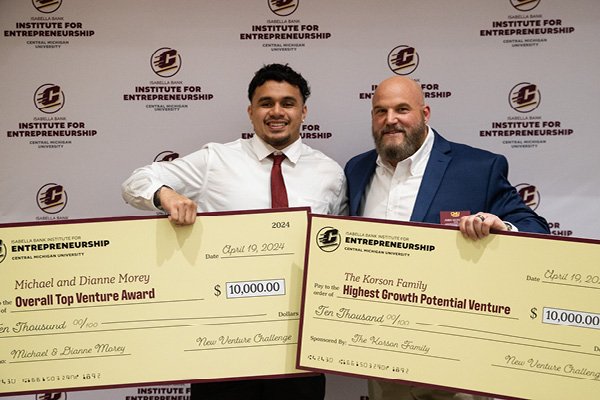
Start up
Passion. Potential. Pitches. Don't miss any of the 2025 New Venture Challenge excitement.
Tune in Friday, April 11 at 1 p.m. for great ideas and fierce competition. Then, join the judges, mentors, spectators and teams as they see who is going home with thousands of dollars in venture financing. The awards broadcast begins at 6:30 p.m. and one team will walk away as the overall best venture.
Central Michigan University’s College of Business Administration is the home of the Isabella Bank Institute for Entrepreneurship and the first Department of Entrepreneurship in the state of Michigan. We are a student-centric hub where experiential, curricular, and external entrepreneurial opportunities intersect.
Our mission is to maximize student success by fostering a campus-wide entrepreneurial mindset that promotes inter-disciplinary collaboration and the creation of new ventures.
We aim to create innovative programming, boost cross-campus and ecosystem collaboration and provide a comprehensive mentoring program.
Our institute provides extracurricular opportunities and is open to all undergraduate and graduate CMU students.
Are you interested in becoming an entrepreneur?
Every journey is unique. Explore the opportunities that interest you.
A Central Michigan University history professor wants to make sure that the story of one of Michigan’s worst environmental catastrophes doesn’t overlook important voices.
“I think that the historical record in many ways is dominated by the voices of public officials,” said Brittany Fremion, a faculty member of CMU’s history department.
The story begins in 1973, when a fire retardant was accidentally mixed with animal feed at Michigan Chemical Company in St. Louis, just east of Alma in Gratiot County. The contaminated feed was distributed to farms across the state until April 1974 when the mix-up was discovered.
The Environmental Protection Agency estimates that 9 million people were affected, and more than 500 farms were quarantined. People today are still suffering long-term health effects.
From 2018 to February 2020, Fremion led a team of students who conducted interviews with 68 people affected by the contamination. Their work was part of a much broader study about the health impacts resulting from the incident.
According to Fremion, the team sought out people with a broad range of experiences related to the event. They talked to people who worked at the chemical plant, farm families, residents of St. Louis, people who ate contaminated food and people who collected information about the aftermath while it was happening. The team also spoke with people who gathered data like physicians, veterinarians and attorneys.
The contamination created long-term health effects, she said. Women had higher rates of breast cancer; men had higher chances of thyroid problems. Fetuses were exposed through the placenta and babies were exposed while breastfeeding. Testing showed that 60 percent of Michiganders had elevated levels of PBB in their blood.
In addition to the direct impact, there were also indirect consequences on farmers, which Fremion described as collateral damage. More than 500 farms were quarantined so that the livestock could be destroyed to prevent further spread.
Other farmers whose livestock didn’t meet state standards were faced with difficult questions: Destroy their own herds and face financial ruin or sell contaminated animals that would wind up on grocery store shelves.
They lost their livelihoods and suffered from depression and anxiety, Fremion said.
“PBB reminds us that we have histories that matter,” she said. Fremion published a paper about the oral histories last December.
They will ultimately find a home in CMU’s Museum of Cultural and Natural History. It is one of two repositories of materials from the PBB contamination housed at the university.
The other is located at Clarke Historical Library. It includes the personal records of some of the people involved, health care providers and media reports
A conference took place in May to commemorate the disaster's 50th anniversary.

Explore special opportunities to learn new skills and travel the world.
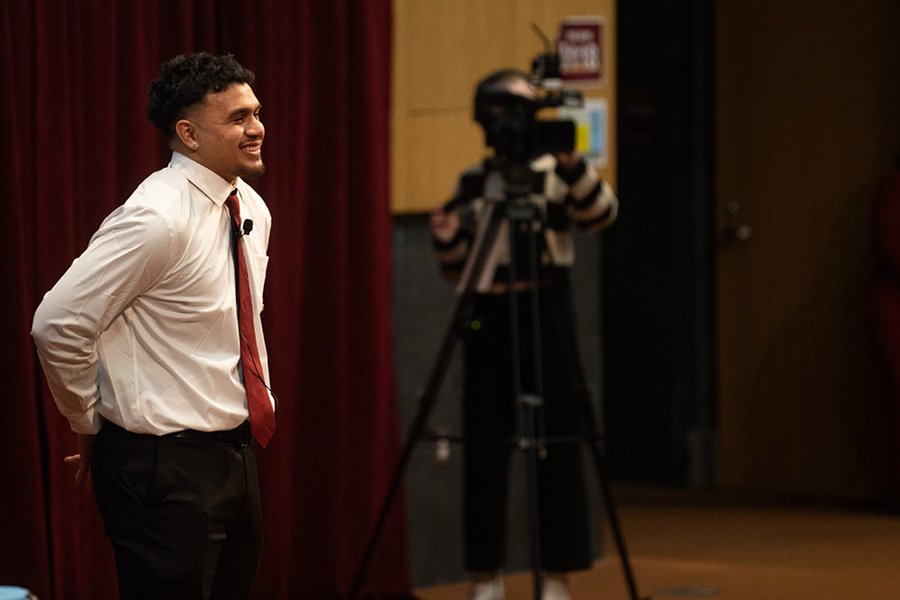
Present your venture and win BIG at the New Venture Challenge.
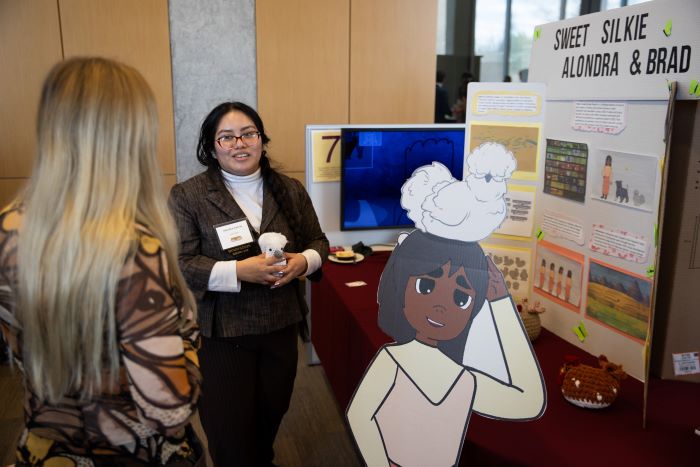
Boost your entrepreneurial skills through our workshops, mentor meetups and pitch competitions.
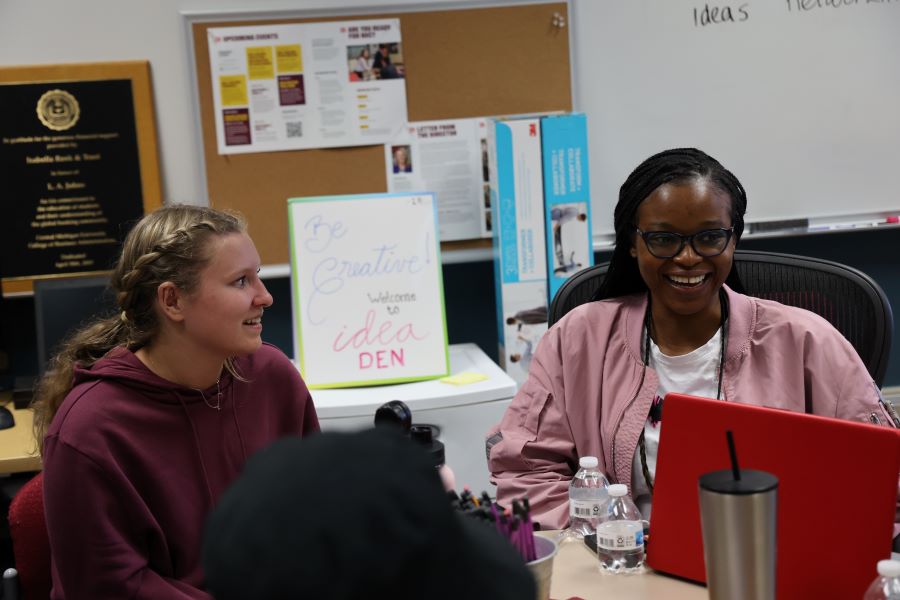
Learn about the entrepreneurship makerspace on campus in Grawn Hall.

Present a 2-minute pitch at the Make-A-Pitch Competition and you could win prizes and bragging rights!
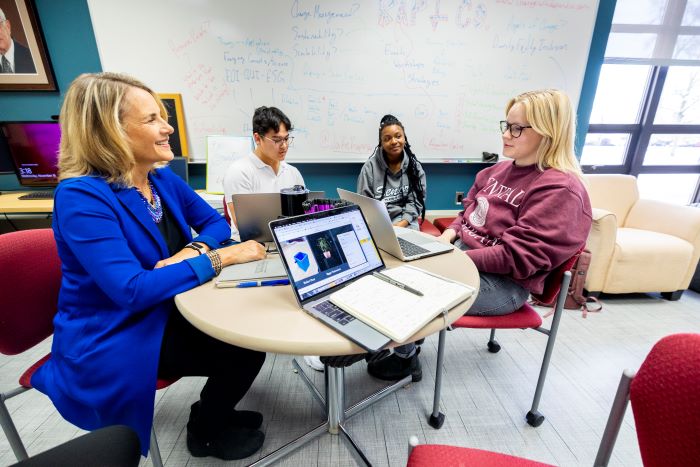
Connect with mentors and faculty who are here to support the next generation of CMU entrepreneurs.
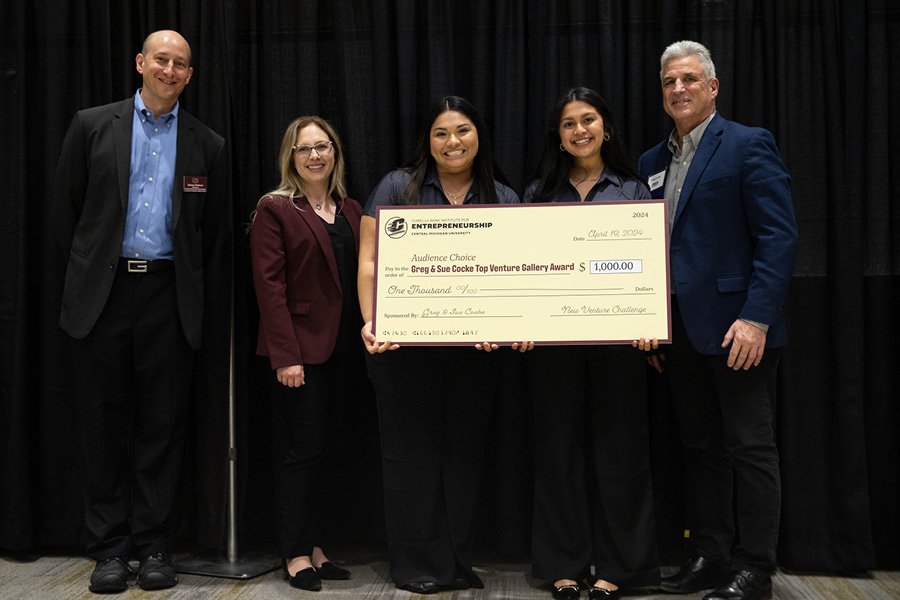
Are you a CMU alum looking to support CMU student entrepreneurs? Learn how you can support or donate to the Entrepreneurship Institute.